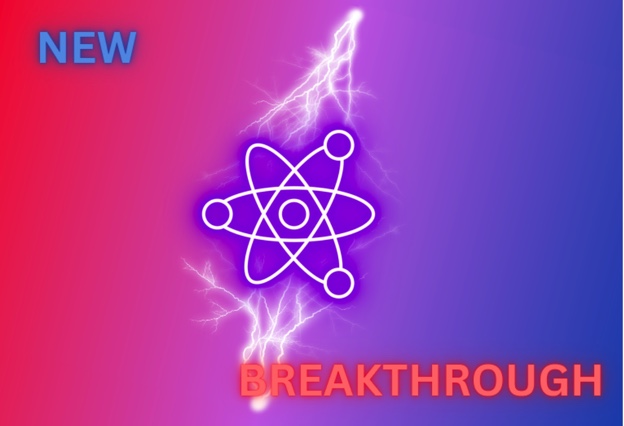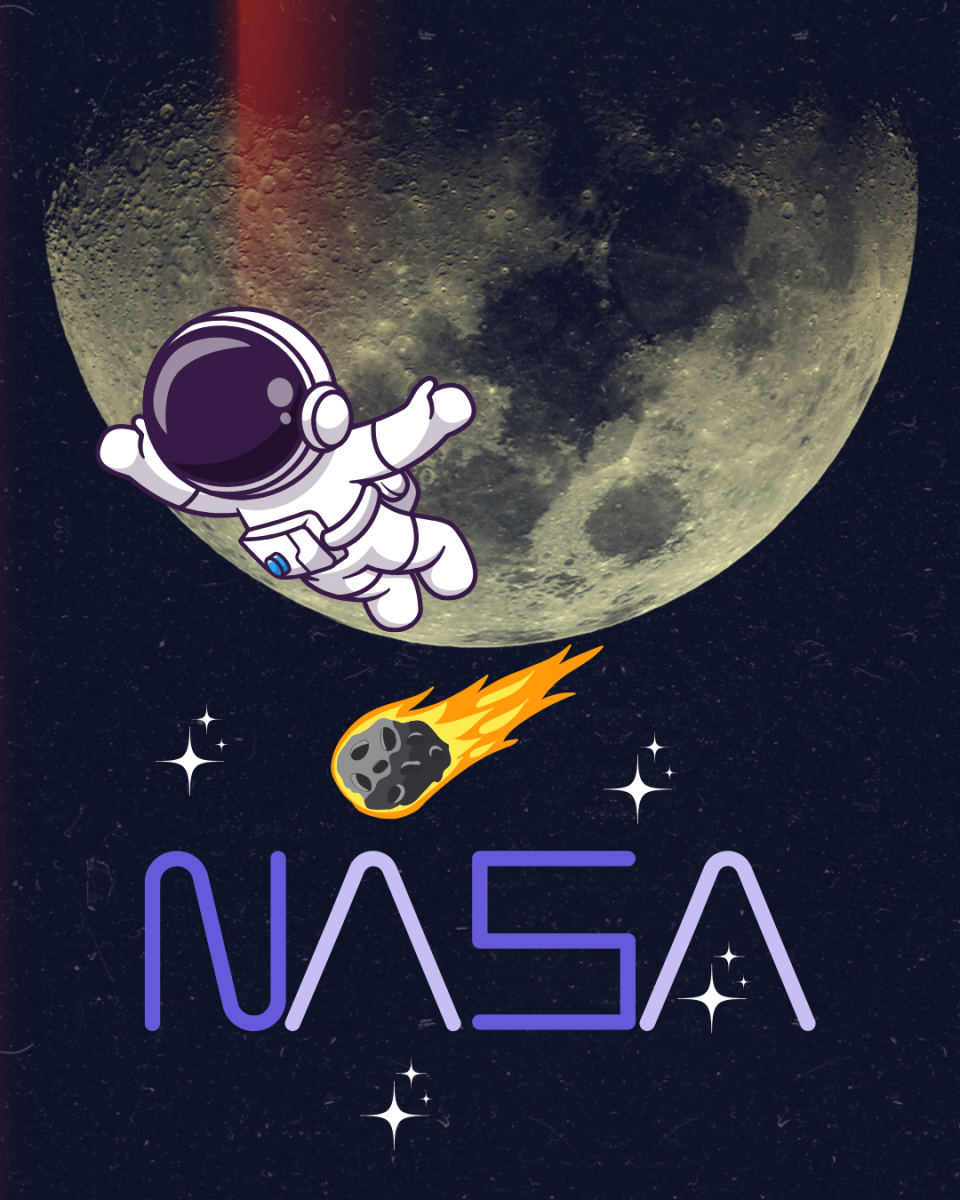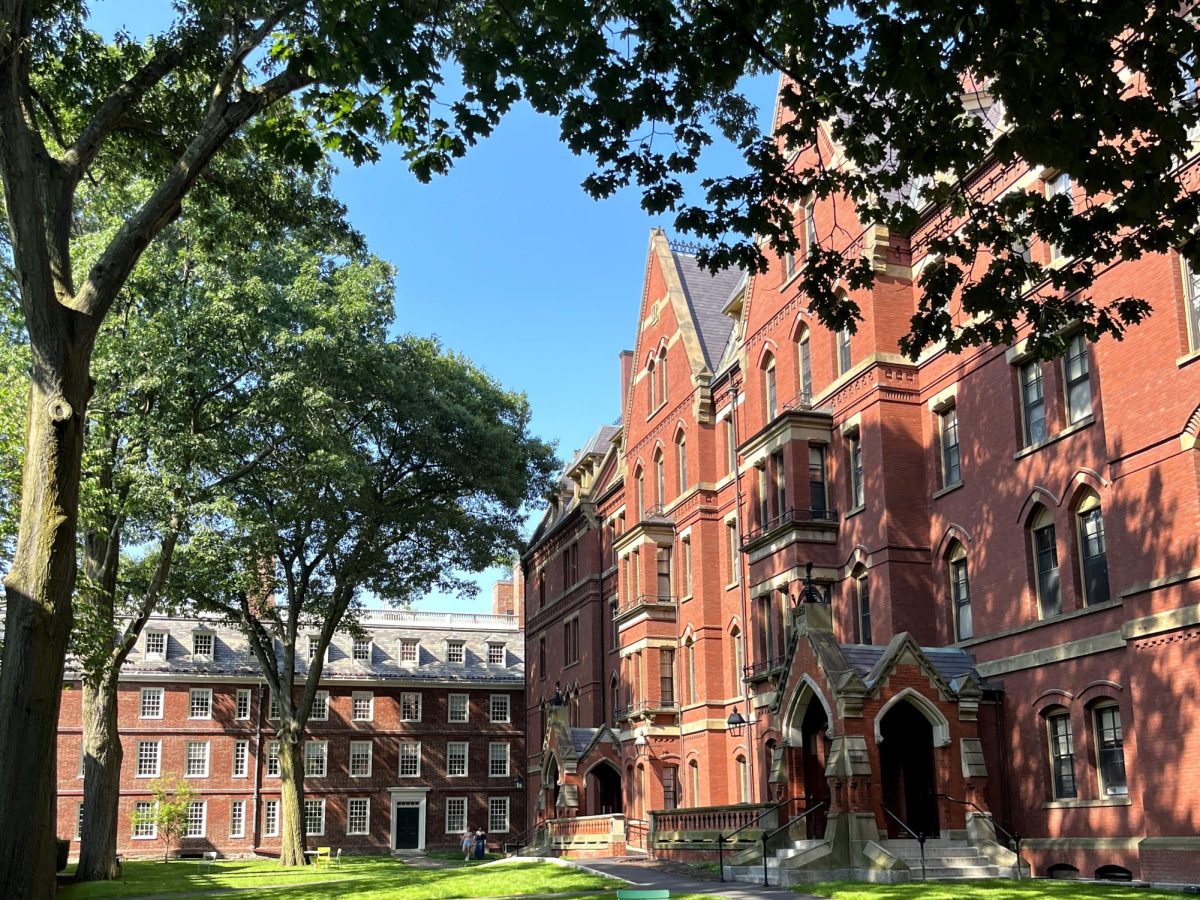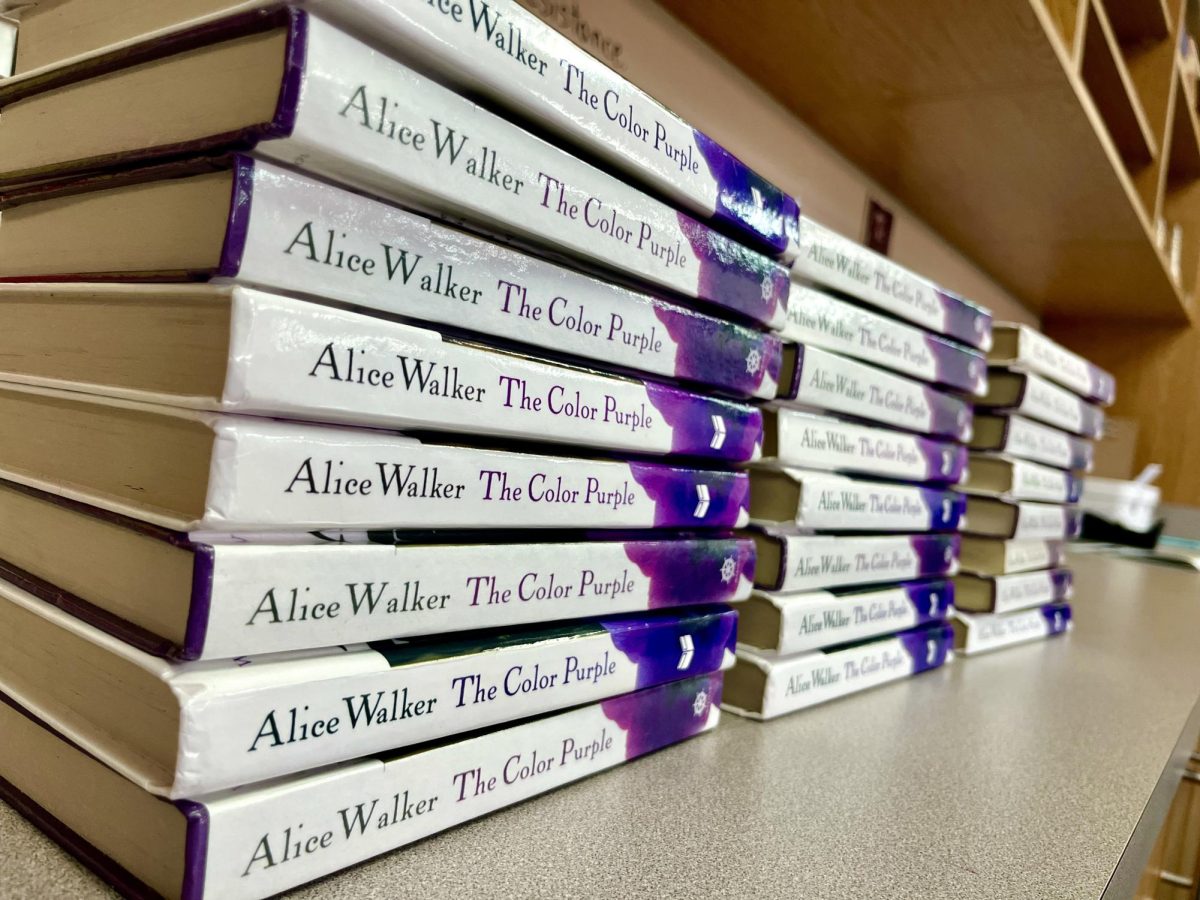In the midst of discussions following the issues of fossil fuels, a scientific breakthrough has posed an unexpected solution. The answer lies, near exclusively portrayed in movies and media, in fusion reactors.
Fusion reactors have always been a hot topic in science fiction, but struggle to follow real life physics. Recently, a scientific breakthrough showed promising results, and solved one of the biggest challenges with fusion energy.
The process of fusion involves taking two particles and smashing them together, forming a smaller sum of the masses of the two particles while converting that lost mass into energy. A concern which puzzled scientists for decades was how to retrieve more energy than what was required to start the reaction. In early December, the Department of Energy announced a groundbreaking success in one of their experiments. At the Lawrence Livermore National Laboratory, scientists not only achieved a successful fusion reaction, but also generated roughly 1.5 times the amount of energy they put into starting the reaction. An energy gain of this magnitude would be unheard of in the early 2000s, and now humanity might have the ability to transform fantasy into reality.
Dr. Arati Prabhakar, director of the White House Office of Science and Technology Policy, is enthusiastic for the future of energy. “We have had a theoretical understanding of fusion for over a century, but the journey from knowing to doing can be long and arduous. Today’s milestone shows what we can do with perseverance,” he stated.
With a major obstacle removed, there is already the question of how likely we are to see fusion energy be commercialized in the next few years. Unfortunately, there are still other challenges which will need to be addressed in the future. A commonly used fuel in fusion experiments is deuterium and tritium. While deuterium is fairly abundant, its counterpart tritium is more difficult to find in the environment. If scientists are to produce power for millions of civilians, they would need a constant source of the material. Other challenges include optimizing the conditions for fusion or the cost of building the reactor itself. Until these smaller issues are fixed, it may be unrealistic to expect the technology implemented within the next decade.
Although attention is currently directed towards fusion energy, Senior Bennett Brown believes there are objectives to be accomplished in the meantime. “No doubt the fusion energy breakthrough could make nuclear plants incredibly effective, but it’s silly to focus on what could be instead of what countries can do now,” Brown said.
A natural benefit of fusion energy is its clean carbon footprint. Unlike traditional fossil fuels, carbon dioxide is not an issue in fusion reactors. If the technology turns out successful, it would drastically reduce the need for coal-based power plants.
At the very least, fusion energy may help to prove that fossil fuels are not a necessity for power. “I think the greatest contribution new fusion energy advancements can make is forcing the world to use nuclear or at least convince the general population of its usefulness but as time passes the climate gets worse and worse,” Brown explained.
While time is indeed running out to avert damage done by carbon emissions, a glimmer of hope has been released into the world in the form of this new breakthrough.
Although there are still problems with the technology that must be addressed, a successfully commercialized fusion reactor would make history. Global emissions may be on the rise, but science has told us not to give up just yet.










James T • Sep 3, 2023 at 9:22 pm
Nuclear fission powerplants can produce waste that is difficult to deal with or get rid of. Does a Nuclear Fusion reactor have the same drawbacks?